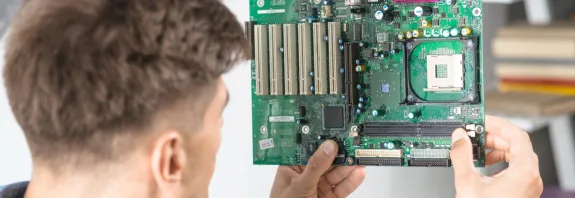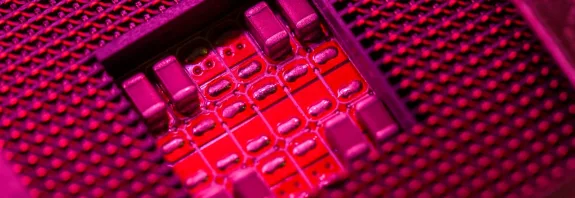How to Connect a Monitor to a Laptop

How to Connect a Monitor to a Laptop: Step-by-Step Guide
In this article, we’ll explain how to connect a monitor to a laptop quickly and correctly. Connecting a monitor to your laptop can boost productivity, expand your workspace, or make content viewing more comfortable.
Step 1: Check Available Ports
Before you begin, inspect your laptop and monitor to identify the available connection ports. The most common types include:
- HDMI: The most popular modern standard, supporting high-quality video and audio.
- VGA: An older analog port that’s gradually becoming obsolete.
- DisplayPort: A modern port with high bandwidth.
- DVI: A digital port more common on older monitors.
- USB-C/Thunderbolt: A newer standard that supports video output on some laptops.
Ensure you have the right cable or adapter if the ports on your laptop and monitor differ.
Step 2: Choose a Cable or Adapter
- If both devices have an HDMI port, simply use an HDMI cable.
- If the ports don’t match (e.g., HDMI on the monitor and USB-C on the laptop), get an adapter (like USB-C to HDMI).
- For older monitors with VGA, you’ll need a VGA cable or an adapter, such as HDMI-to-VGA.
Step 3: Connect the Devices
- Turn off both devices (recommended for safety, though not always necessary).
- Plug the cable into the appropriate port on your laptop.
- Connect the other end to the monitor.
- Turn on the monitor and select the correct input source (e.g., HDMI1, HDMI2) using the monitor’s buttons.
- Power on your laptop.
Step 4: Configure the Display
After connecting, your laptop typically detects the monitor automatically, but manual setup may be required:
- On Windows:
- Press Win + P.
- Choose a display mode:
- “Duplicate” (same image on both screens).
- “Extend” (two screens as one desktop).
- “Second Screen Only” (image only on the monitor).
- For detailed settings, go to “Settings” → “System” → “Display.”
- On macOS:
- Open “System Preferences” → “Displays.”
- Decide how to use the monitor: as the primary screen or for extension.
- Adjust resolution and screen arrangement.
Step 5: Check Audio (If Needed)
If using HDMI or DisplayPort, audio may transfer to the monitor (if it has built-in speakers). Ensure the correct playback device is selected:
- Windows: Right-click the volume icon → “Sounds” → “Playback.”
- macOS: “System Preferences” → “Sound.”
Tips and Troubleshooting
- Screen Not Displaying: Check the cable, ports, and input source on the monitor.
- Blurry Image: Adjust to the recommended resolution in display settings.
- No Sound: Confirm the volume isn’t muted and verify audio output settings.
Conclusion
Connecting a monitor to a laptop is a straightforward process that takes just a few minutes. It lets you enjoy a larger screen for work, gaming, or watching movies. If you run into issues, double-check device and cable compatibility or consult your laptop or monitor’s manual.









